Pepper is no doubt one of the most consumed fruit in South Africa and the world at large as it is mostly used as spicy for almost all kinds of cuisines. For this reason, pepper is widely grown in the country to meet the high demand and in return make profits.
There is the perception that pepper can only be planted in certain areas in South Africa, we have dispelled that notion in this informative piece providing you with an in-depth guideline that you can follow to grow pepper wherever you are in South Africa.
The process of growing pepper in South Africa includes getting farmland, purchasing hybrid pepper seeds or taking a leaf or two cuttings from secondary runners, planting in a nursery for 14 days, preparing the farm beds/ridges, transplanting the seeds, providing support, irrigation, mulching, pruning
With that being said, let’s discuss the steps above in detail for more comprehension.
How To Grow Pepper In South Africa Step By Step

I believe you already know the lucrativeness of pepper farming and also how the demand is very high.
Going straight to our discussion, we have discussed the steps involved in growing pepper in South Africa.
Read Also: How To Start Growing Cucumber In South Africa [Beginners Pdf]
Step 1: Get a Farmland
Getting farmland is important, because if you don’t, where will you farm your pepper? So, you go out there and search for farmland, that is if you don’t already have one you want to use.
Depending on your budget, you can buy land or rent. If you are too busy to go in search of land, you can look up a land agent to help you out. However, ensure you visit the land to be sure it is what you are looking for.
Importantly, bear in mind that peepers thrive in hot weather. So, you might want to look in the direction of regions with hot weather to get land, betters still, you can wait toll summer in your area to begin planting.
Step 2: Acquire Pepper Seeds
There are two ways of acquiring a pepper seed that you can plant on your farm.
Purchase from an Agro Vendor
You can get the pepper seeds that you will plant on your farm. It is best to visit a certified agro vendor to purchase high-quality pepper seeds.
When buying pepper seeds, ensure you purchase hybrid varieties because they are resistant to pests and diseases, among other benefits.
Read Also: How To Grow Onions In South Africa [Beginners Guide]
Ready to Plant Seedlings
Another means to get the pepper you want to plant is through ready-to-plant seedlings gotten through propagation. The steps involve:
Cut the Leaf from the Secondary Runner
Cutting one or two-leaf only from secondary runners during September. The reason has been that the seedlings or fresh runners are usually available around this period.
Root the Leaf
You should root (planted) in prepared mistbeds in a seed tray. The seed trays should be kept in a protected, warm area outdoors, or a hothouse. Once the seedlings are big enough usually takes about 9 months, it can then be transplanted.
Step 3: Prepare the Farm Bed
This is where you have to prepare your farmland for planting. you should:
Clear the land
Clear the land of unwanted plants and debris. The tools used depend on the size of your farmland. If the land is not too large, you can use simple farm tools like cutlass and rake to clear the land, or you can go for sophisticated farm machines if the land is extremely large.
Spray the Farmland
The next activity on your itinerary is to spray the farm with herbicides or fungicides to control weeds from re-growing for about 3-4 months.
Read Also: How To Start Farming With No Money In South Africa (Zero Capital)
Water the Farmland
Since you will be planting during the summer season, it is important to wet the land to soften and loosen the soil. This will make it easy for you to plow and harrow the land. Also, watering the farmland will keep the land moist.
However, be careful not to flood the land and prevent, as much as possible, any running water, so that you won’t leach the nutrients.
Make the Farm Beds/Ridges
With your simple farm tools or advanced tools, you should make the farm beds or ridges where the pepper seedlings will be planted. These can be in horizontal or vertical shapes.
Also, be sure to allow spacing because of irrigation and to allow unwanted water flow throughout the farm.
Adding Manure to the Farmland
Once you complete the task of making the farm beds, you need to add manure or rich compost to the farm so that the farmland can be rich in nutrients to sustain the plants and also help fight pests and diseases.
You can make use of poultry or livestock dung, bone meal, vermicast, seedling food, etc. to the soil. Make sure they are not fresh but dried to avoid causing damage to the plant.
Read Also: How To Start Farming Business In South Africa {Beginners Guide}
Step 4: Planting
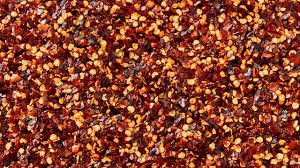
Now is the time to plant your seedlings. Remember, the best time to plant is during the heating season because peppers cannot withstand frost or cold weather.
To plant your pepper seedlings on your farmland, they can be planted:
Direct Planting
Pepper can be grown from seeds. You have to plant the pepper seedlings directly on the farm bed you made. This involves:
Making furrows (holes) on the farm bed and pouring the seedlings inside.
Cover the seeds in the furrow with soil to avoid being drifted away by wind or water force.
The plants should be spaced 40 to 50 cm apart on the same bed row
The farm bed rows should be 50 cm apart to avoid competition.
Transplanting
The second means of planting pepper seeds is planting ready-to-plant seedlings that are grown from plant trays, pots, or any other container for at least about 6 weeks when the plants are taller.
Plant the seedlings 35 – 50cm apart in 30 – 40cm wide rows and no deeper than they were in their seed trays or grow pots.
Once you have prepared your farm beds, you can begin to transfer the germinated plants by removing them from the farm trays and planting them on the prepared farm beds to continue germinating. Make sure to keep the root area moist and cool.
When planting your seedlings, either by direct planting or transplanting, you need to consider some of the factors below. They are:
Planting Time
Timing is key in pepper planting because they perform best in the hot season. So, the best time to plant pepper seed in soil is at 18 degrees and an approximately 30-degree temperature range.
The best time to begin planting your pepper seeds is after the frost/cold, or wet season. This should be around late July in warm climates to mid-September. At most, you can plant your seedlings at the end of December.
Planting Position
When planting your pepper seedlings, bear in mind that they best thrive in sunny spots because they are a warm-season fruiting crop. So, make sure you plant them so they can have access to sufficient sunlight.
Spacing
This is another important factor to consider when planting pepper. Ensure you space the plants 40 to 50 cm apart in rows, and the rows should be 50 cm apart.
Mulching
The best time to mulch your pepper plant is immediately after planting the seed. Once you pour the seed into the furrow, it is best to cover the soil with a thin layer of mulch so that the soil can remain moist, thereby reducing temperature fluctuation between day and night, and make sure you water daily.
Importantly, remember to remove the mulch when the seedlings begin to germinate usually around 15 to 18 days after sowing, and reach a height of 10cm to 12cm.
Step 5: Provide Support
Trellising is an act of providing support for plants. Peppers sometimes require support, because they are climbing vine plants. You can make use of treated poles specially made for this occasion.
This is best done when the seedlings begin to grow into strong pepper plants. You will have to position the treated poles in the ground and tie the pepper plants to the poles to keep the plants upright.
Step 6: Irrigation
It is important to supply your pepper plant with sufficient water as it is needed throughout the germination period. It is best to irrigate the plants with between 30 and 40 mm of water per week throughout the growing period.
The ideal type of irrigation for pepper farming is drip irrigation and overhead irrigation. They are both preferred to flood irrigation.
Step 7: Fertilize the Plant
It is critical to apply a pre-planting application of 800 to 1000 kilograms of a 2:3:4 fertilizer containing a mixture of Nitrogen, Phosphates, and Potassium into the top 20 cm of soil during the farm preparation stage (step 3) before you begin to make your farm beds.
If you use drip irrigation, you can apply the equivalent mixture in liquid fertilizer through the water during the first four weeks of growth and then every three weeks until the fruit is ripe.
If you use overhead irrigation, apply about 250 kg of LAN per hectare 6 weeks after planting. This second application can be divided into two parts, six and eight weeks after planting.
Step 8: Pruning
Pruning might not be necessary but it sure helps improve the health of your plant. If done correctly, it has a lot of benefits including:
- Strong and sturdy plants
- Reduces wild growth of runners
- Keeps plants at a certain height
- Stimulates the growth of lateral fruit-bearing branches,
- Good branching,
- Reduced disease and pest pressure,
- Fruits that ripen quickly and evenly
- improves yields for many pepper varieties.
To prune your pepper plant, you need to trim off the topmost 3 to 6 inches of every branch and side shoot with a pair of pruners.
The best time to prune your pepper plant is 3 to 4 weeks before the arrival of the first expected cool season.
Diseases And Pest Of Pepper Plant
The common disease that affects pepper plants is root rot. This is caused by a soil fungus known as Phytophthora, and the symptoms of this disease are wilting leaves wilting and stem bark discoloration.
Common pests that attack pepper are the burrowing nematode (Radopholus similis), the root-knot nematode (Meloidogyne sp.), the spiral nematode (Helicotylenchus sp.), the ring and the dagger nematode. These pests cause root damage to the plant.
How Long Does Pepper Take To Grow In South Africa?
It can take up to five months for colored pepper (red, yellow, purple, white, or orange) to mature from seed planting to harvesting ripe fruit. However, green peppers can be harvested eight weeks after seedlings are planted.
How Long Does Pepper Take To Grow In South Africa?
It takes about 5 months for pepper to grow in South Africa.
How Do Peppers Grow In South Africa?
The process of growing pepper in South Africa includes getting farmland, purchasing hybrid pepper seeds or taking a leaf or two cuttings from secondary runners, planting in a nursery for 14 days, preparing the farm beds/ridges, transplanting the seeds, providing support, irrigation, mulching, pruning
Is Pepper Farming Profitable?
Yes, pepper is a profitable business to start in South Africa with little invested ROI.
Conclusion
This is a comprehensive guide for you to follow if you want to start pepper farming. We have provided you with all of the information you need to know about pepper planting in South Africa, and you must follow all of the guidelines to achieve the best results.
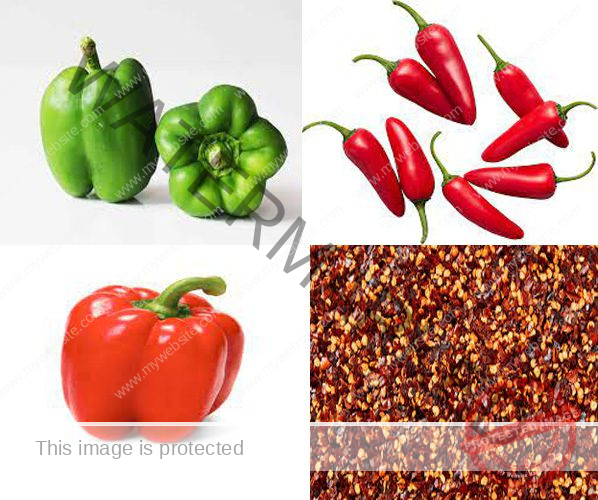
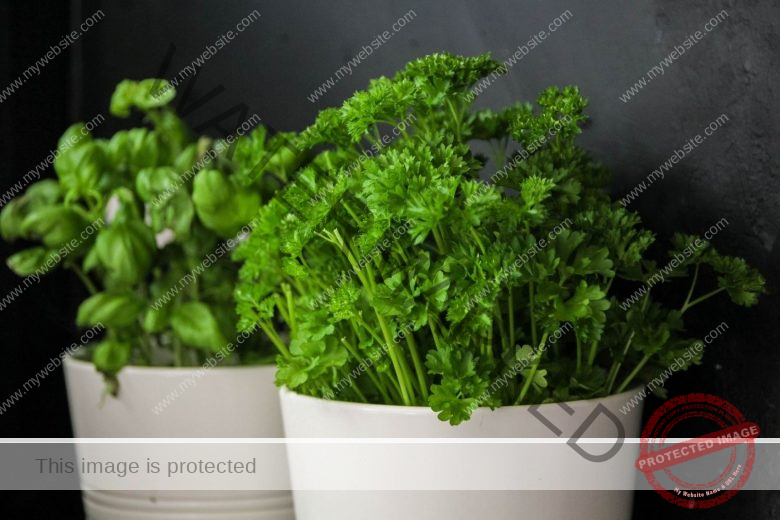
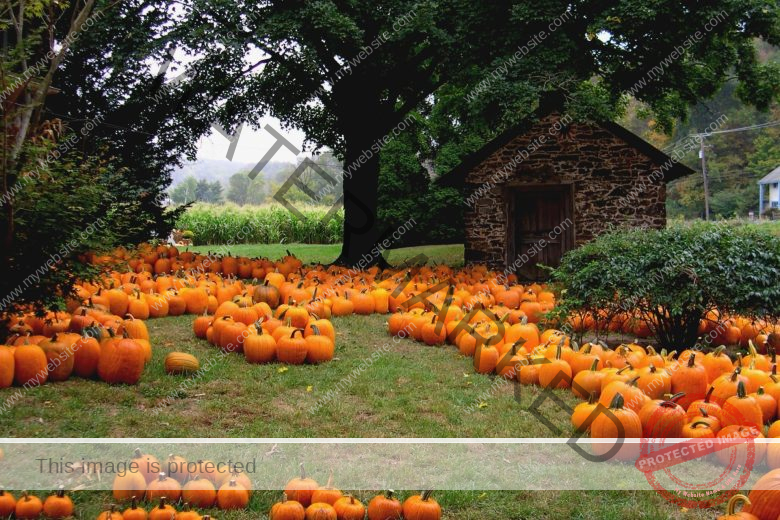

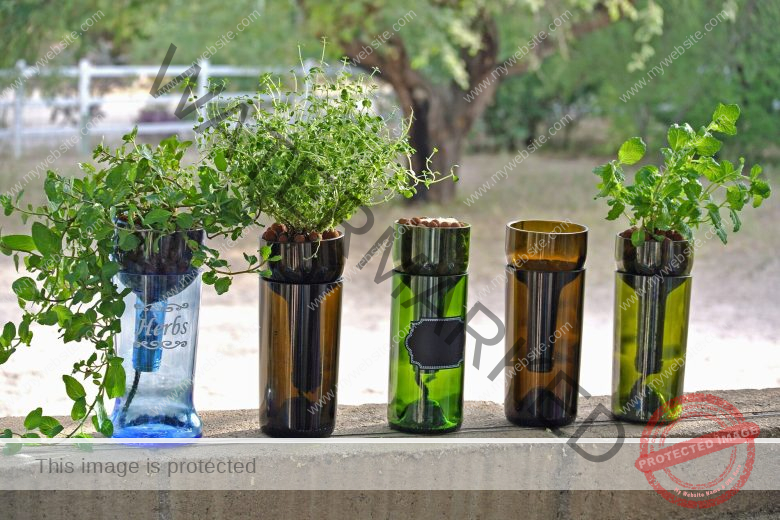

One Reply to “[Best Guide] How To Grow Pepper In South Africa”